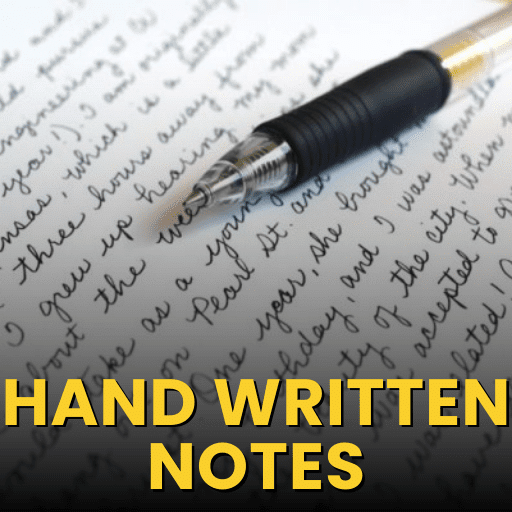Best Study Material for Mechanical Engineering Exam
Gear train, TOM | Topper Handwritten Notes & Videos for GATE ME - Mechanical Engineering PDF Download
| Download, print and study this document offline |
|
59 videos|204 docs
|
FAQs on Gear train, TOM - Topper Handwritten Notes & Videos for GATE ME - Mechanical Engineering
| 1. What is a gear train? |  |
| 2. How does a gear train work? |  |
Ans. A gear train works by meshing the teeth of different gears together. When one gear turns, it causes the other gears in the train to rotate as well. The ratio of the number of teeth on the gears determines the speed and torque transmitted through the gear train.
| 3. What are the advantages of using a gear train? |  |
Ans. Some advantages of using a gear train include:
- Speed and torque conversion: Gear trains allow the conversion of high-speed, low-torque input to low-speed, high-torque output, or vice versa.
- Power transmission: Gear trains efficiently transmit power between different parts of a machine or system.
- Direction control: By arranging gears in different configurations, gear trains can change the direction of rotation.
| 4. What are the different types of gear trains? |  |
Ans. There are several types of gear trains, including:
- Simple gear train: Consists of two or more gears connected in series.
- Compound gear train: Combines simple gear trains in such a way that the output of one gear train becomes the input of another.
- Epicyclic gear train: Uses a combination of gears and a central gear called a sun gear to achieve various gear ratios and rotational directions.
- Planetary gear train: A type of epicyclic gear train where several gears rotate around a central gear.
| 5. What are some common applications of gear trains? |  |
Ans. Gear trains are used in a wide range of applications, including:
- Automotive transmissions: Gear trains are essential components in manual and automatic transmissions, allowing the driver to change gears and control the vehicle's speed.
- Industrial machinery: Gear trains are used in various industrial machines, such as conveyor systems, machine tools, and printing presses, to transmit power and control rotational speed.
- Clocks and watches: Gear trains are used in timekeeping devices to ensure accurate and synchronized movement of the hands.
- Robotics: Gear trains are utilized in robotic systems to control joint movements and transmit power between different parts of the robot.
- Wind turbines: Gear trains are used in wind turbines to transfer power from the rotating blades to the generator, increasing the rotational speed and efficiency.
Related Searches































